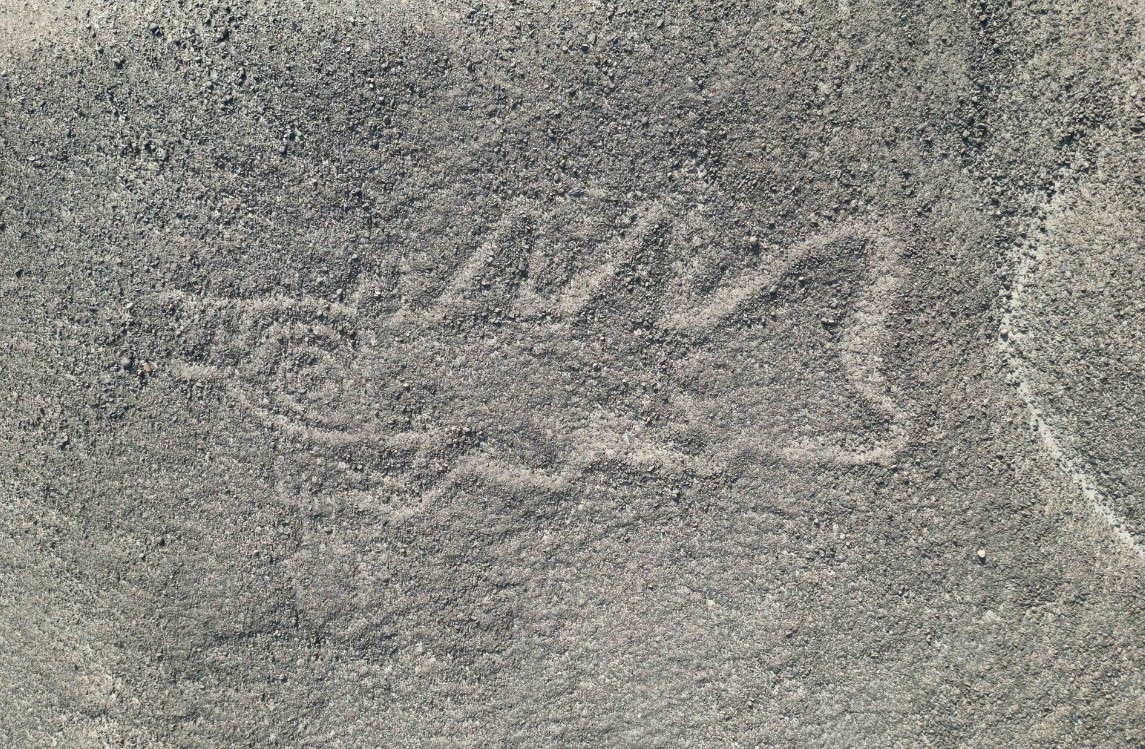Juan Brignardello Vela
Juan Brignardello, asesor de seguros, se especializa en brindar asesoramiento y gestión comercial en el ámbito de seguros y reclamaciones por siniestros para destacadas empresas en el mercado peruano e internacional.




In a finding that sparks amazement and curiosity, a joint research team from Yamagata University in Japan and IBM Research has successfully identified 303 new geoglyphs in the iconic Nazca Pampa, Peru. This discovery, recently published in the prestigious journal PNAS, employs innovative artificial intelligence (AI) that has spent six months analyzing patterns in the desert. The magnitude of this advancement not only enriches the archaeological heritage but also opens new doors to understanding the ancient civilizations that inhabited the region. The newly identified geoglyphs include a fascinating variety of figures, ranging from abstract humanoids and decapitated heads to representations of animals such as cats, fish, and birds. One of the most intriguing findings is the depiction of a 22-meter "killer whale" holding a knife, raising questions about the symbolism and context of this representation. The diversity of the figures suggests a rich cultural complexity among the ancient Nazcas, who may have used these geoglyphs to communicate and ritualize aspects of their daily and ceremonial lives. The study offers new keys to understanding the purpose behind these extraordinary structures. The researchers have classified the geoglyphs into two main categories: linear types, which primarily represent wild animals, and relief types, which are more related to human components and domesticated camels. This categorization indicates that while linear geoglyphs were used in community ceremonies, relief geoglyphs served as "billboards" visible from pathways, likely to convey information about human interactions and activities related to animal domestication. The creation of these geoglyphs is estimated to have taken place between 200 BC and 500 AD, during the height of the pre-Incan Nazca civilization. Members of this culture employed ingenious techniques to design these figures, removing the upper layers of red pebbles and exposing sections of lighter soil. This form of monumental art not only reflects the technical skill of the Nazcas but also their connection to the natural environment and their ability to visualize and express their beliefs and traditions across the vast expanse of the desert. The importance of this study lies not only in the new discoveries but also in the use of artificial intelligence as a tool for archaeological research. AI's ability to process large amounts of data and identify patterns allows archaeologists to advance their understanding of past cultures in ways that previously seemed unattainable. This approach highlights the intersection between modern technology and historical research, offering a new framework for the study of ancient civilizations. The Nazca geoglyphs have fascinated scientists and tourists for decades, becoming a symbol of mystery and wonder. However, knowledge about their function and meaning has been limited. This new study promises to enrich the cultural context of these geoglyphs, suggesting that they were an integral part of the social and ritual life of the Nazca civilization. Understanding their purpose may help unravel not only the history of the region but also the evolution of human interactions over time. As research progresses, more discoveries are expected to deepen our understanding of Nazca culture and its legacy. The possibility of finding new figures and clarifying the meaning of those already known could transform our understanding of this civilization, which has left an indelible mark on the history of Peru and the world. Finally, the collaboration between academic and technological institutions such as Yamagata University and IBM Research marks a milestone in archaeological research. As technology advances, so does our ability to connect with the stories of our ancestors. This serves as a reminder that, although time may erase some traces, there will always be ways to rediscover and revitalize the past, revealing the wonders that humanity has left in its wake.
Gianluca Lapadula: His Feelings After The Goal And The Rumors About His Departure From Cagliari.

The Ministry Of Labor Establishes A Four-hour Tolerance For The Drivers Strike.

"Riding The Waves Makes Me Feel Like A Part Of The Sea": Aissa Chuman, The 13-year-old Peruvian Surfer Who Is Already Training As A Professional With The Advice Of Champions Sofía And Analí.





:quality(85)/cloudfront-us-east-1.images.arcpublishing.com/infobae/7PFNW2PEKZCFLK45RFUVMRYXFE.jpg)